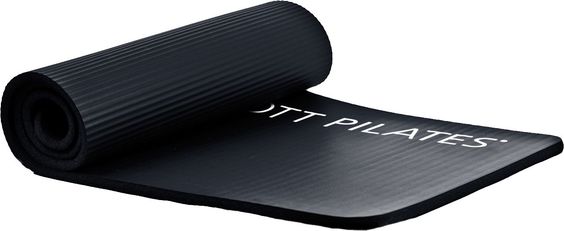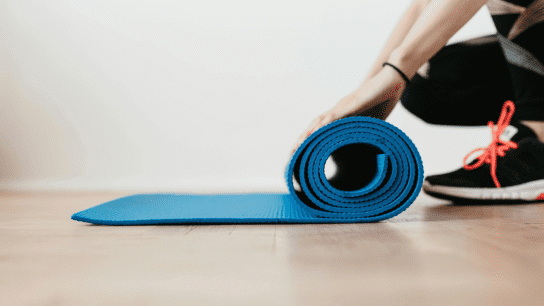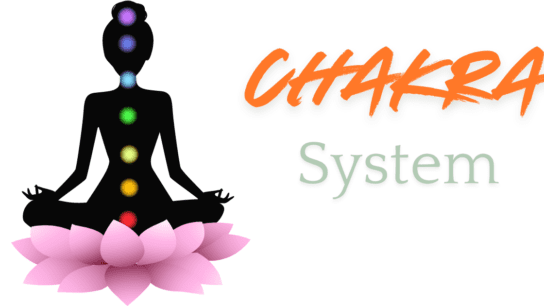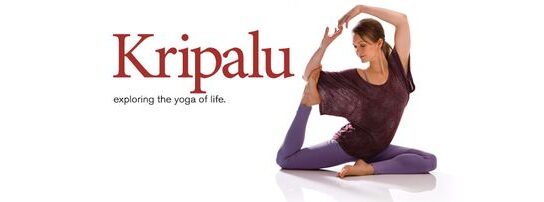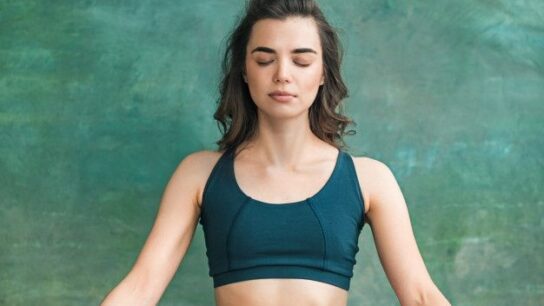In the quest for a healthier lifestyle, many people are turning to Pilates and yoga as complementary practices that offer a range of physical and mental benefits. Both disciplines, while distinct in their approaches, share common goals such as enhancing flexibility, improving core strength, and promoting overall well-being. Mind the Mat Pilates and Yoga Integrating Pilates and yoga can provide a holistic approach to fitness, addressing different aspects of health and fitness. This comprehensive guide explores the benefits of Mind the Mat Pilates and Yoga . key techniques from each practice, and how to create a balanced routine that leverages the strengths of both.

What is Mind the Mat Pilates and Yoga?
Pilates is a low-impact exercise system developed by Joseph Pilates in the early 20th century. It focuses on strengthening the core muscles, improving posture, and enhancing overall body alignment and flexibility.Mind the Mat Pilates and Yoga Pilates exercises often emphasize controlled movements and precise breathing, making them highly effective for developing core strength and stability.
Key Principles of Pilates
- Core Strength: Pilates emphasizes the importance of strengthening the core muscles, including the abdominals, lower back, and pelvic floor. A strong core supports overall body stability and balance.
- Controlled Movements: Pilates exercises are performed with deliberate and controlled movements, focusing on proper form and alignment.Mind the Mat Pilates and Yoga This approach minimizes the risk of injury and ensures that each exercise targets the intended muscle groups.
- Breathing: Proper breathing techniques are integral to Pilates. Breathing deeply and synchronizing breath with movement helps enhance the effectiveness of exercises and promotes relaxation.
- Flexibility and Mobility: Mind the Mat Pilates and Yoga incorporates stretching and mobility exercises that improve flexibility and range of motion. This can help alleviate muscle tension and improve overall physical function.
What is Yoga?
Yoga is an ancient practice with roots in Indian philosophy that dates back thousands of years. It encompasses physical postures (asanas), breath control (pranayama), and meditation. Yoga aims to harmonize the body, mind, and spirit, promoting a sense of inner peace and well-being.
Key Principles of Yoga
- Postures (Asanas): Yoga postures involve a wide range of movements that enhance strength, flexibility, and balance. Each pose has specific benefits and can be modified to suit individual needs.
- Breathing (Pranayama): Pranayama is the practice of controlled breathing techniques that help regulate energy flow and calm the mind. Mind the Mat Pilates and Yoga Different breathing patterns are used to energize or relax the body.
- Meditation: Yoga often includes meditation practices that focus on mindfulness and mental clarity. Mind the Mat Pilates and Yoga Meditation helps reduce stress and cultivate a sense of inner peace.
- Alignment and Balance: Yoga emphasizes proper alignment in each posture to maximize the benefits and prevent injury. Balance is also a key aspect, helping to improve coordination and stability.
Benefits of Combining Pilates and Yoga

Integrating Pilates and yoga into your fitness routine offers a range of benefits that address different aspects of physical and mental health. Mind the Mat Pilates and Yoga Here’s how combining these practices can enhance your overall well-being:
1. Enhanced Core Strength and Flexibility
Both Pilates and yoga emphasize core strength, but they approach it from different angles. Pilates focuses on precise core strengthening exercises, while yoga includes postures that engage the core for balance and stability. Mind the Mat Pilates and Yoga Combining these practices can result in a more balanced and robust core.
2. Improved Posture and Alignment
Pilates is well-known for improving posture through targeted core work, while yoga emphasizes alignment in its postures. Mind the Mat Pilates and Yoga By practicing both, you can develop a greater awareness of your body’s alignment and make adjustments to improve your overall posture.
3. Increased Flexibility and Range of Motion
Yoga is particularly effective for increasing flexibility and range of motion through its diverse postures and stretches. Mind the Mat Pilates and Yoga Pilates complements this by enhancing muscle control and mobility. Together, these practices can help improve overall flexibility and reduce muscle stiffness.
4. Enhanced Mind-Body Connection
Yoga’s focus on mindfulness and meditation complements Pilates’ emphasis on controlled movements and breath awareness. Mind the Mat Pilates and Yoga Combining these practices can deepen your mind-body connection, promoting greater mental clarity and emotional balance.
5. Holistic Physical Conditioning
Pilates provides a strong foundation of core strength and stability, while yoga offers a wide range of postures that enhance overall strength, flexibility, and balance. Mind the Mat Pilates and Yoga Together, they create a comprehensive fitness routine that addresses multiple aspects of physical conditioning. Click
Pilates and Yoga Techniques to Integrate
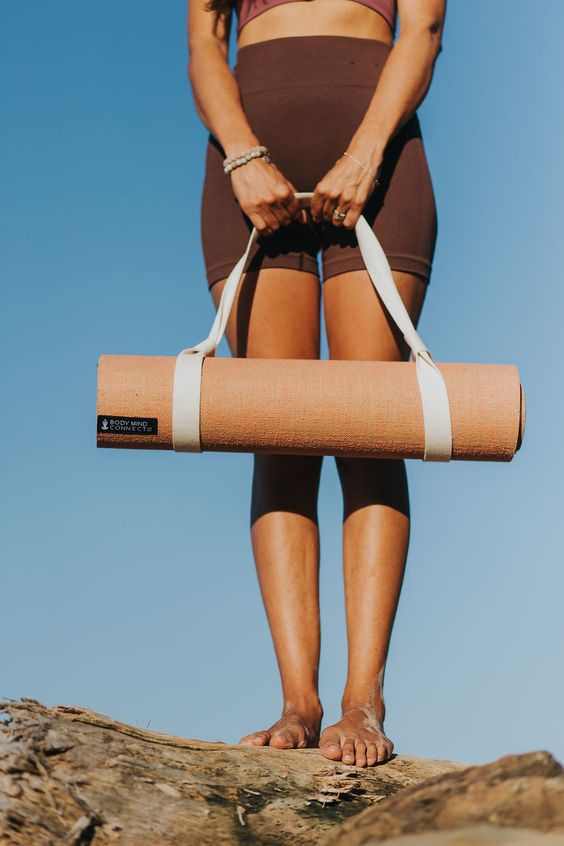
To maximize the benefits of combining Pilates and yoga, consider incorporating techniques from both practices into your routine. Mind the Mat Pilates and Yoga Here are some key techniques to integrate:
1. Pilates Techniques
a. The Hundred
- Description: The Hundred is a classic Pilates exercise that engages the core and improves circulation.
- How to Do It: Lie on your back with your legs in a tabletop position. Lift your head, neck, and shoulders off the mat while pumping your arms up and down. Mind the Mat Pilates and Yoga Inhale for five pumps and exhale for five pumps, completing 10 sets.
b. Roll-Up
- Description: The Roll-Up enhances spinal articulation and strengthens the abdominal muscles.
- How to Do It: Lie on your back with your arms extended overhead. Mind the Mat Pilates and Yoga Slowly roll up, reaching towards your toes, then roll back down with control.
c. Plank
- Description: The Plank strengthens the core, shoulders, and back.
- How to Do It: Start in a push-up position with your body in a straight line from head to heels. Hold the position for a set amount of time, engaging your core.
2. Yoga Techniques Mind the Mat Pilates and Yoga
a. Downward-Facing Dog (Adho Mukha Svanasana)
- Description: This pose stretches the hamstrings, calves, and back while strengthening the arms and legs.
- How to Do It: Start on your hands and knees. Lift your hips towards the ceiling, straightening your legs and forming an inverted V-shape. Hold the position and breathe deeply.
b. Warrior II (Virabhadrasana II)
- Description: Warrior II enhances leg strength and stability while improving balance.
- How to Do It: Stand with your legs wide apart, turn one foot out, and bend the corresponding knee. Extend your arms out to the sides and gaze over your front hand.
c. Child’s Pose (Balasana)
- Description: Child’s Pose is a restorative pose that provides relief for the back and hips.
- How to Do It: Kneel on the mat, sit back on your heels, and extend your arms forward while lowering your forehead to the ground.
Creating a Balanced Routine
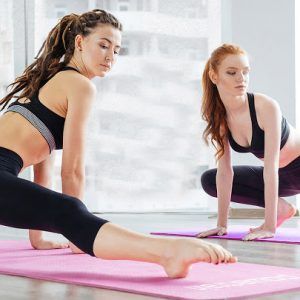
To create a balanced routine that integrates Pilates and yoga, consider the following tips:
1. Determine Your Goals
Identify your fitness goals and how each practice can help you achieve them. For example, if you aim to improve core strength and flexibility, combining Pilates core exercises with yoga stretches can be highly effective.
2. Schedule Regular Sessions Mind the Mat Pilates and Yoga
Aim to include both Pilates and yoga in your weekly schedule. You might practice Pilates on certain days and yoga on others, or combine elements of both in a single session. Consistency is key to experiencing the full benefits.
3. Mix and Match
Experiment with different combinations of Pilates and yoga exercises to find what works best for you. For example, start with a Pilates core workout and follow it with a yoga session focused on flexibility and relaxation.
4. Listen to Your Body
Pay attention to how your body responds to the combination of Pilates and yoga. Adjust your routine as needed based on your energy levels, physical condition, and any feedback your body provides.
5. Consider Professional Guidance
If you’re new to either practice or looking to integrate them effectively, consider seeking guidance from a certified instructor. Many studios offer classes that combine Pilates and yoga or provide personalized training to help you achieve your fitness goals.
Conclusion
Integrating Pilates and yoga into your fitness routine offers a holistic approach to physical and mental wellness. By combining Pilates’ focus on core strength and controlled movements with yoga’s emphasis on flexibility, alignment, and mindfulness, you can create a balanced routine that addresses multiple aspects of health and fitness.
Whether you’re looking to enhance core strength, improve flexibility, or cultivate a deeper mind-body connection, integrating Pilates and yoga can provide a comprehensive and enriching experience. Embrace the strengths of both practices, listen to your body, and enjoy the journey towards greater health and well-being.
Frequently Asked Questions About Integrating Pilates and Yoga
1. What are the main differences between Pilates and yoga?
Pilates is a low-impact exercise system focused on core strength, stability, and precise control of movement. It emphasizes strengthening the core, improving posture, and enhancing overall body alignment. Exercises are often performed on a mat or specialized equipment like a reformer.
Yoga is an ancient practice that includes physical postures (asanas), breathing techniques (pranayama), and meditation. It aims to harmonize the body, mind, and spirit, promoting flexibility, balance, and mental clarity. Yoga postures are performed on a mat and often involve a greater focus on breath and mindfulness.
2. Can I practice Pilates and yoga on the same day?
Yes, you can practice both Pilates and yoga on the same day. For best results, consider scheduling them at different times of the day or in separate sessions. For example, you might do a Pilates workout in the morning and a yoga session in the evening. Alternatively, you can combine elements of both in a single session, focusing on specific goals or areas of the body.
3. What are the benefits of combining Pilates and yoga?
Combining Pilates and yoga offers a range of benefits, including:
- Enhanced Core Strength: Pilates strengthens the core, while yoga incorporates core engagement in various postures.
- Improved Flexibility and Mobility: Yoga enhances flexibility, while Pilates improves muscle control and mobility.
- Better Posture and Alignment: Pilates focuses on posture and alignment, while yoga provides additional alignment benefits through its postures.
- Increased Mind-Body Connection: Yoga’s mindfulness and breathing techniques complement Pilates’ controlled movements for a deeper mind-body connection.
4. How often should I practice Pilates and yoga each week?
The frequency of practice depends on your fitness goals and schedule. A balanced approach might involve practicing Pilates 2-3 times a week and yoga 2-3 times a week. Alternatively, you can combine both practices in a single session a few times a week. Consistency is key to achieving the benefits of both disciplines.
5. What should I wear to Pilates and yoga classes?
Wear comfortable, breathable clothing that allows for ease of movement. For Pilates, opt for form-fitting clothes that enable the instructor to see your alignment. For yoga, choose stretchy, comfortable clothing that allows for a full range of motion. Avoid clothes that are too loose or restrictive.
6. Can beginners benefit from combining Pilates and yoga?
Yes, beginners can benefit from combining Pilates and yoga. Both practices offer modifications and variations to accommodate different fitness levels. Starting with basic exercises and postures and gradually progressing as you build strength and flexibility can be an effective approach.
7. Are there specific Pilates and yoga exercises that complement each other?
Yes, certain exercises from each practice complement each other well:
- Pilates Core Exercises and Yoga Balances: Combining Pilates core exercises like the Hundred with yoga balancing poses like Tree Pose can enhance overall stability and strength.
- Pilates Flexibility Work and Yoga Stretches: Incorporating Pilates flexibility work, such as the Roll-Up, with yoga stretches like Downward-Facing Dog can improve range of motion and flexibility.
8. How can I integrate Pilates and yoga into my fitness routine?
To integrate Pilates and yoga:
- Create a Balanced Schedule: Alternate between Pilates and yoga sessions throughout the week or combine elements of both in a single workout.
- Set Specific Goals: Determine your fitness goals and tailor your Pilates and yoga practices to address them.
- Listen to Your Body: Pay attention to how your body responds to the combination and adjust your routine as needed.
9. Are there any precautions I should take when combining Pilates and yoga?
When combining Pilates and yoga, consider the following precautions:
- Consult a Healthcare Provider: If you have any medical conditions or injuries, consult your healthcare provider before starting.
- Avoid Overtraining: Ensure you have adequate rest between sessions to prevent overtraining and allow for recovery.
- Modify as Needed: Adjust exercises and postures based on your fitness level and any physical limitations.
10. Can I find classes that combine Pilates and yoga?
Yes, many studios and fitness centers offer classes that combine Pilates and yoga. These classes are often designed to integrate the principles of both practices for a well-rounded workout. You can also find online classes and resources that offer a blend of Pilates and yoga.
11. What are some online resources for practicing Pilates and yoga?
There are many online resources available for practicing Pilates and yoga, including:
- YouTube: Channels dedicated to Pilates and yoga offer free videos and routines.
- Fitness Apps: Apps like Peloton, Daily Burn, and YogaGlo provide guided Pilates and yoga sessions.
- Online Courses: Websites such as Udemy and Skillshare offer courses that integrate both practices.
12. How can I measure progress in Pilates and yoga?
Progress in Pilates and yoga can be measured by:
- Improved Strength and Flexibility: Track your ability to perform exercises and postures with greater ease and range of motion.
- Enhanced Posture and Alignment: Notice improvements in your posture and alignment over time.
- Increased Mindfulness and Balance: Observe changes in your mental clarity and balance.
13. Can I practice Pilates and yoga if I’m pregnant?
Pregnant individuals can often benefit from modified Pilates and yoga practices. It’s important to consult with a healthcare provider and work with an instructor who specializes in prenatal fitness. Modifications will be necessary to ensure safety and accommodate the changing body.
14. How can I find a qualified instructor for both Pilates and yoga?
Look for instructors who are certified in both Pilates and yoga. Many fitness centers and studios offer classes taught by instructors with dual certifications. Online platforms and local directories can also help you find qualified instructors.
15. What should I do if I experience discomfort or pain during practice?
If you experience discomfort or pain during Pilates or yoga practice, stop immediately and assess the situation. It may be helpful to modify the exercise or posture. Consult with an instructor or healthcare provider to address any underlying issues and ensure safe practice.
For More Yoga information Click Here

